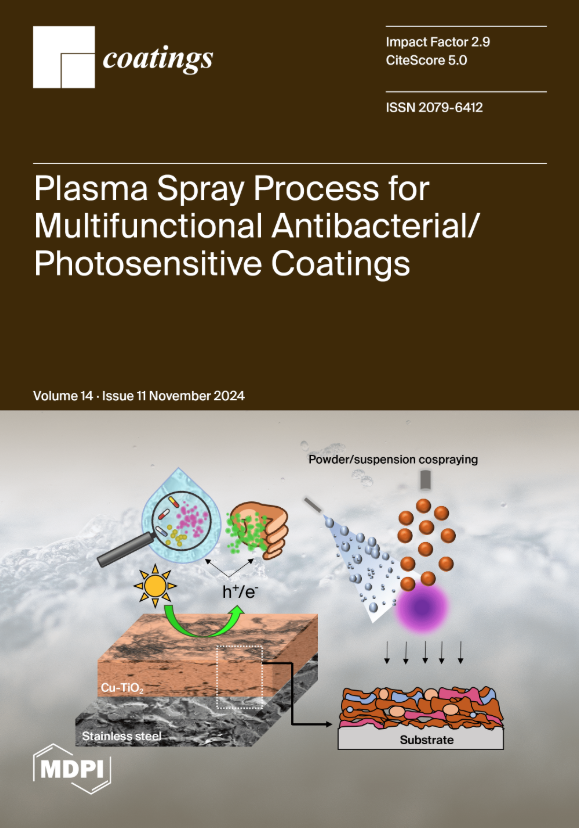The Construction of a Small-Caliber Barrel Wear Model and a Study of the Barrel Wear Rule
IF 2.8
3区 材料科学
Q2 MATERIALS SCIENCE, COATINGS & FILMS
引用次数: 0
Abstract
The wear of small-caliber barrels is one of the key factors affecting barrel life. Based on the Archard wear model, a high-temperature pin plate wear experiment was carried out, and wear models of chrome-plated layers and gun barrel materials were established. In addition, a finite element model of the interaction between the bullet and the barrel was established. The movement of the projectile along the barrel was simulated and analyzed, and the force distribution of the spatial geometry structure of the rifling was mastered through simulation. The wear law of the gun barrel along the axial direction was obtained based on the wear model of the chrome-plated layer and gun barrel material. A position 100 mm away from the barrel breech wears very fast; this position is where the cone of the bullet is engraved in the barrel. At the position 150–350 mm away from the barrel breech, the barrel bore wears even faster. The barrel chrome layer is mainly affected by the gunpowder impact and projectile engraving, which is consistent with the actual failure of the coating. When the distance to the barrel breech is 350 m, the wear becomes stable. Through an analysis of the diameter of the barrel, it was found that, when the diameter of the barrel exceeded 12.85 mm, the barrel reached the end of its life.构建小口径枪管磨损模型并研究枪管磨损规则
小口径枪管的磨损是影响枪管寿命的关键因素之一。在 Archard 磨损模型的基础上,进行了高温销板磨损实验,建立了镀铬层和枪管材料的磨损模型。此外,还建立了子弹与枪管之间相互作用的有限元模型。模拟并分析了弹丸沿枪管的运动,通过模拟掌握了膛线空间几何结构的力分布。根据镀铬层和枪管材料的磨损模型,得到了枪管沿轴向的磨损规律。在距离枪管后膛 100 毫米的位置,磨损速度非常快;这个位置是子弹锥体在枪管上刻划的位置。在距离枪管后膛 150-350 毫米的位置,枪管内膛磨损得更快。枪管铬层主要受火药冲击和弹丸刻划的影响,这与涂层的实际失效情况一致。当距离枪管后膛 350 米时,磨损趋于稳定。通过对枪管直径的分析发现,当枪管直径超过 12.85 毫米时,枪管的寿命即告结束。
本文章由计算机程序翻译,如有差异,请以英文原文为准。
求助全文
约1分钟内获得全文
求助全文
来源期刊

Coatings
Materials Science-Surfaces, Coatings and Films
CiteScore
5.00
自引率
11.80%
发文量
1657
审稿时长
1.4 months
期刊介绍:
Coatings is an international, peer-reviewed open access journal of coatings and surface engineering. It publishes reviews, research articles, communications and technical notes. Our aim is to encourage scientists to publish their experimental and theoretical results in as much detail as possible. There is no restriction on the length of the papers. Full experimental and/or methodical details must be provided. There are, in addition, unique features of this journal:
* manuscripts regarding research proposals and research ideas will be particularly welcomed
* electronic files or software regarding the full details of the calculation and experimental procedure - if unable to be published in a normal way - can be deposited as supplementary material
 求助内容:
求助内容: 应助结果提醒方式:
应助结果提醒方式:


